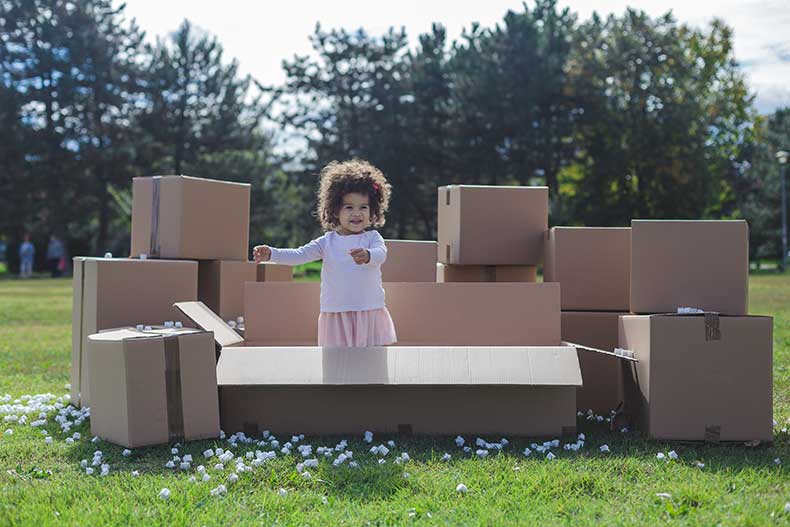
Believe about all your most valuable valuables that you make sure to keep safely in your house. Picture albums. Treasure precious jewelry. Your monetary files. Somehow, however, many individuals downplay tossing those in a box and packing them onto a moving truck.
There are some things that you cannot place on a moving truck-- due to the fact that it's unlawful.
But while we want to assume that whatever will end up at the destination in one piece, there are still some things that it's best not to risk putting on a moving truck. Things occurs: The truck may get burglarized when it sits over night; severe weather condition modifications can damage certain items; or you may wind up with an unscrupulous mover. more info
Here are 5 classifications of products that the specialists recommend you need to not place on a moving truck.
1. Items of Worth
We're talking fine fashion jewelry, watches, your special collectibles and other little keepsakes.
" Any items of specific worth-- whether nostalgic or economic-- must stay with you during a moving, rather than enter into a box and end up from your sight," says David Hauslaib, an owner of Greystone Moving Concierge.
2. Essential Papers
Technically these are "items of worth," as in, see how much a passport deserves when you require it and cannot find it, however here we're talking those hard-to-replace documents. You understand: passports, licenses, wills, checkbooks, credit cards, BANK CARD, insurance coverage birth, details or marriage certificates, Social Security cards, banking and tax records, dental and medical records, prescriptions, and job-related paper copies.
" While a lot of moving business have outstanding records regarding loss and damage, in the unlikely event something were to disappear, you would not want to risk it being an irreplaceable or difficult-to-replace file," states Hauslaib.
In addition keep with you any papers you may have to access as part of your relocation, such as contracts and contact number.
3. Wine
Well you probably want easy access, considering that you are going to wish to pop a bottle as soon as you are done moving, but that's really not why you shouldn't put wine on a moving truck.
Unless you're moving a very brief range, wine ought to only be transferred in a climate-controlled lorry, warns Hauslaib.
" As all of us know, temperature and humidity changes can trigger damage to wine, and the within a truck will certainly be warmer than your wine refrigerator or even the ambient temperature of your house," he states.
So unless the wine is of low worth-- to puts it simply, you won't sob if it ruins-- it's always best to carry wine and champagne (cigars too!) in an environment that maintains safe temperature level and humidity controls.
4. Liquids
Yes, wine is a liquid, which's one factor it cannot be moved. Wine is not the only liquid that shouldn't be on a moving truck, says Ori Siri-Princz, long-distance moving manager at Oz Moving & Storage.
While there are some liquids, like cleaners or aerosol container, that cannot be moved, Siri-Princz states they discourage moving any liquids because of potential damage. Containers can quickly be broken in transit, which triggers the liquids to leakage. Considering that all your items are loaded close together on a moving truck, the leaking liquid can damage other possessions, especially clothing or electronics.
5. Things You Required as quickly as You Arrive
You made record time and showed up prior to your stuff. Yes, it occurs.
What then? No modification of clothes. No bedding. No towels. When you disregard to put your daughter's favorite stuffed animal in your carry-on, and do not even get us started on the fall out.
For other ideas of useful things to have with you, take a look at this post about the vital to cram in your "open first box."
In some way, though, numerous individuals believe nothing of tossing those in a box and loading them onto a moving truck.
While there are some liquids, like cleaners or aerosol cans, that cannot be moved, Siri-Princz says they discourage moving any liquids since of potential damage. Containers can easily be broken in transit, which causes the liquids to leakage. Given that all your products are loaded close together on a moving truck, the dripping liquid can damage other valuables, especially electronics or clothes.
And don't even get us began on the fall out when you overlook to put your daughter's preferred stuffed animal in your carry-on.
